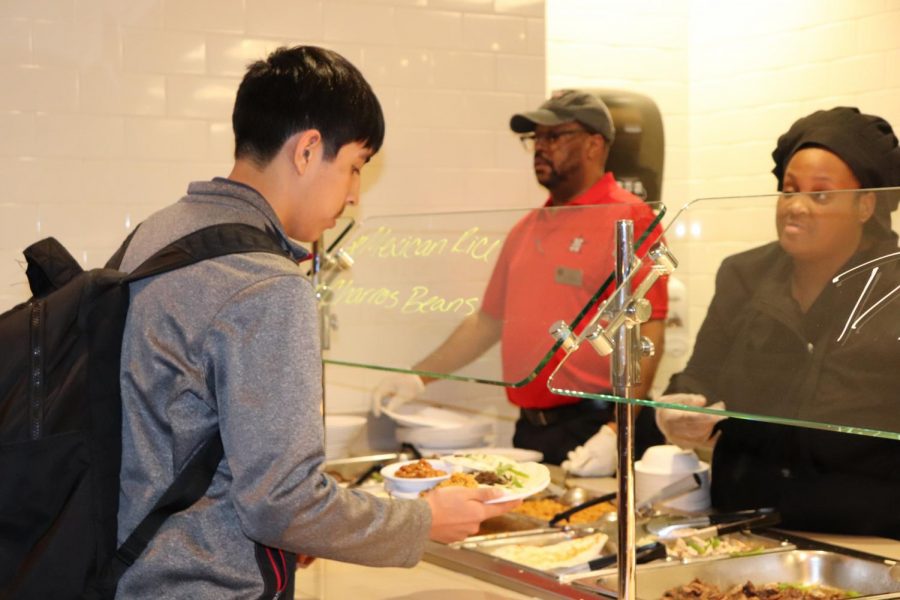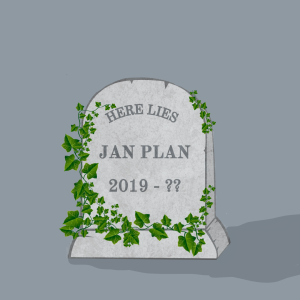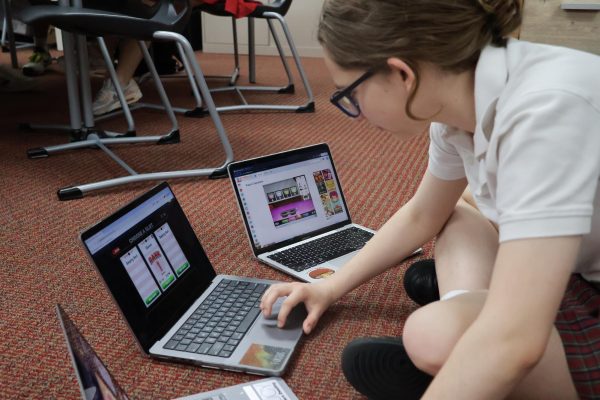Cafeteria implements eco-friendly initiatives
Serving on resuable melamine dishes is the new norm as opposed to paper plates.
January 23, 2020
By the end of lunch each day, trash cans throughout Flores Hall are filled with hundreds of paper plates, bowls and cups stacked precariously in a leaning tower of pizza.
Over the past three years, the St. John’s community has worked towards instituting eco-friendly initiatives to reduce excess waste. These methods include discouraging single-use plastic and introducing plate collection bins around the campus.
This year, paper plates and plastic straws are only available upon request. However, because of the limited amount of reusable plates available, students often resort to using paper plates.
“The default is the standard reusable melamine plates. That cuts down on a lot of extra ordering and extra waste going on in the cafeteria,” Director of Food Services Alan Mallett said.
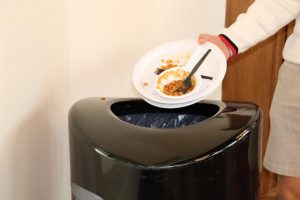
However, the abundance of plastic isn’t the only problem the school faces. Although students think that their discarded plastic bottles and utensils are slated to be recycled, many materials end up in landfills with other trash, which defeats the purpose of recycling.
Prefect Will Jackson stresses the importance of teaching students about recycling to reduce waste as well. Jackson proposes a laminated poster that details what students can and cannot recycle to clarify some common misconceptions.
“A lot of times the [ECOS team] has to pick through the recycle bins and take out what people might think could be recyclable, like a plastic cup that still had some coffee in it,” Jackson said.
AP Environmental Science teacher Graham Hegeman suggests holding an assembly or lunch conference to educate students about reducing the amount of single-use plastics and cleaning the excess food waste from plastic containers.
Hegeman also proposes adding more water-filling stations to encourage students to bring their own bottles. He stresses the importance of reusable straws rather than finding more eco-friendly alternatives, such as corn starch or biodegradable straws.
“We have more of a single-use problem than a particular straw problem,” Hegeman said.
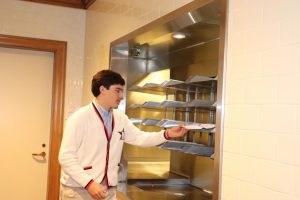
In addition to reducing the amount of trash, the cafeteria freezes its daily waste and sends it to Second Servings, a non-profit organization that distributes the leftover food.
“The donation receipts average about 600 lbs a month for 8 months. That’s a 4800 lb average,” Mallett said.
While Hegeman acknowledges the efforts made by the cafeteria to become more environmentally conscious, he also feels there is ample room for progress.
“Are we there where we want to be with eco-friendliness?” Hegeman said. “No, not even close. But I do see some positive steps in that direction.”

